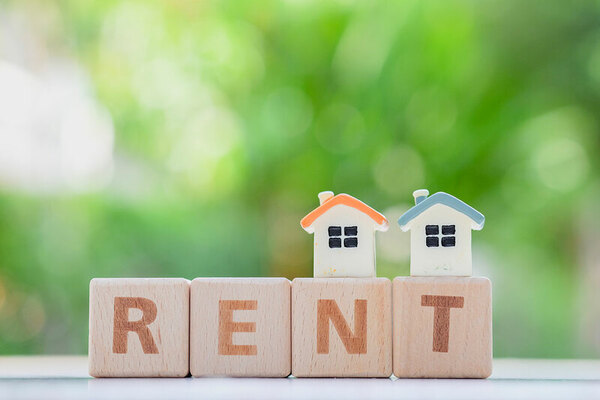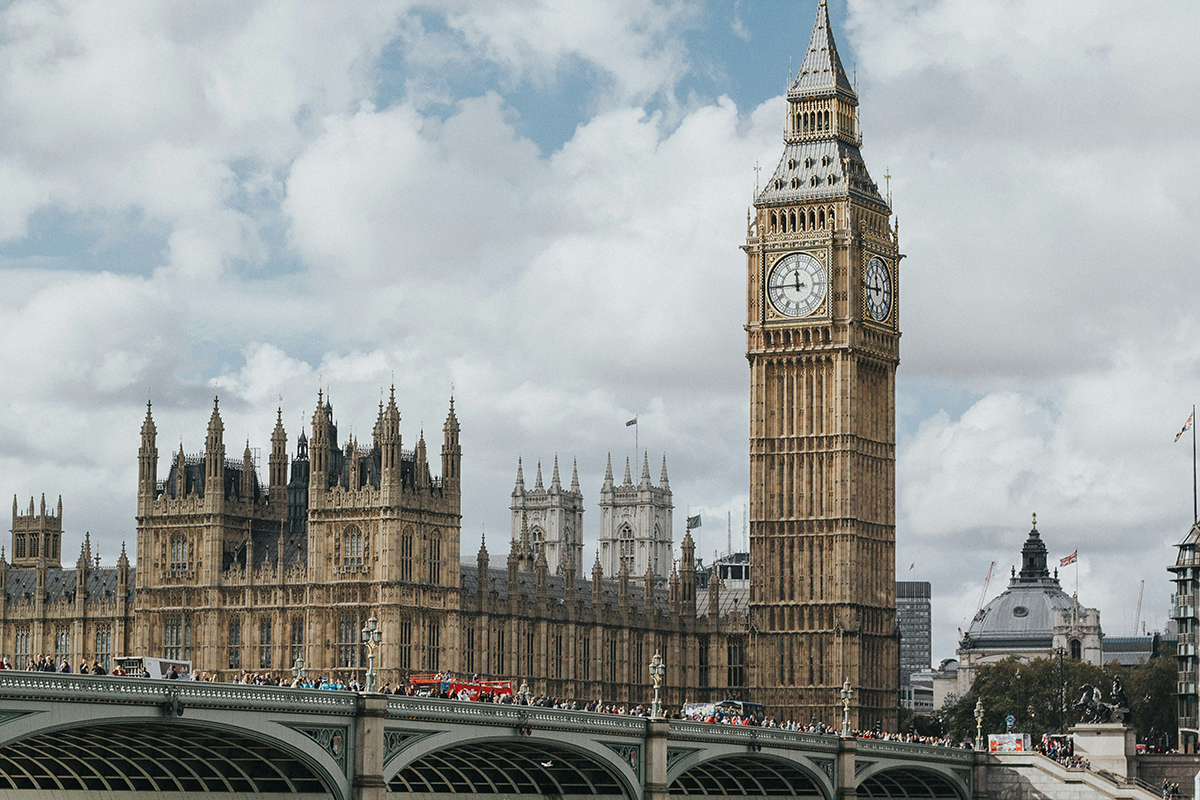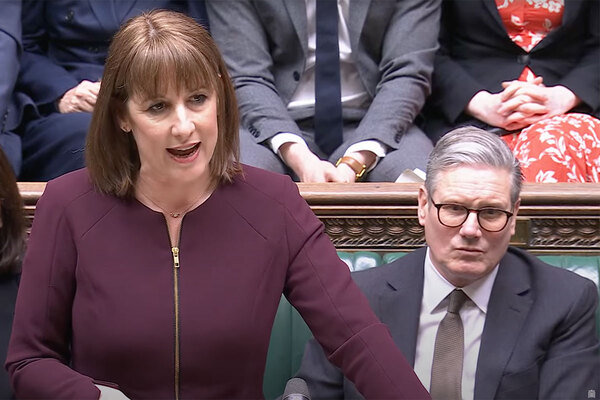Why the rent cap decision is a huge relief for RPs
Samantha Grix, partner at Devonshires, explains why the seven per cent rent cap for the next financial year is welcome news for RPs
There had been rumours that the social housing rent price cap could be as low as three per cent. I’d even heard rumours of a rent freeze.
That the cap was the most discussed topic in the sector shows how important it was and the anxiety it was causing for many registered provider (RP) boards, because of the potential impact it would have on RPs’ ability to comply with their duties and help those most in need with significantly constrained income and rising costs.
The whole sector was surprised and quietly relieved when chancellor Jeremy Hunt announced that social and affordable rents would be capped at seven per cent, given the expectation of a far lower cap.
It’s not going too far to say the announcement prevented a potentially devastating scenario for some RPs if there had been a three per cent rent cap.
Providers are facing ever-increasing costs – a perfect storm of fire safety, decarbonisation, inflation and a cost of living crisis.
A cap of three per cent could have been the straw that broke the camel’s back for some RPs feeling the pinch of a huge reduction in income while their costs remained linked to inflation.
While any cap will bring financial hardship for RPs in the face of such high inflation, £900m a year with a seven per cent cap, the alternatives would likely have been the beginning of the end for some RPs.
The government had said that its preference was a five per cent rent cap and that would have seen landlords receive £1.3bn less in rent next year compared to if no change was made. A three per cent cap would have created an eye-watering £1.8bn black hole in income.
Given the government’s preference for a five per cent cap, it’s fair to say the seven per cent cap shows that they recognise the enormity of the task facing RPs.
“A cap of three per cent could have been the straw that broke the camel’s back for some RPs feeling the pinch of a huge reduction in income while their costs remained linked to inflation”
We haven’t seen the decision statement to the consultation on social housing rents yet, but we expect this to include many examples of how the different levels of caps would impact RPs ability to deliver their service.
This must have played a part in the government’s decision. The rationale for opting for seven per cent will be an interesting read and one to keep an eye out for.
Of course, now that RPs have the ability to increase rents by seven per cent, they will need to ensure that they do their utmost to deliver, particularly in respect of maintenance and building safety.
While the economic situation for RPs is still challenging, with some having to consider mergers to survive, the rent cap announcement will allow some headroom to ensure providers’ viability and allow them to deliver much-needed low-cost housing.
It will also offer certainty that was lacking while we waited for this announcement and will allow RPs to plan for the year ahead.
There is no doubt that difficult decisions will still need to be made in the coming year despite the higher-than-expected cap, and it is the development of new homes that will inevitably have to be shelved given that RPs cannot compromise on building standards and fire safety, for example.
It should also be mentioned that supported housing will be exempt from the rent cap and RPs will continue to be allowed to increase rents by Consumer Price Index (CPI) plus one per cent from April 2023.
RPs were concerned about the proposal in the consultation that there would be no exemptions to the cap in respect of supported housing given the higher costs associated with this category of housing.
So, this is a welcome provision, but we have no detail as of yet so we await the amended Rent Standard and policy statement on rents for social housing.
Of course, the rent cap does not cover shared ownership rents, which can be raised by the Retail Price Index plus 0.5 per cent.
“I know of numerous RPs exploring various ways they can assist their tenants to alleviate the financial pressure, for example by setting up hardship funds as well as signposting to support agencies”
Immediately after the chancellor’s Autumn Statement, the National Housing Federation (NHF), which has 800 members, committed to matching the social housing rent cap for shared ownership.
As rent increases for shared ownership are set by the lease, how to deal with the rents is a complex issue and is not as straightforward as just implementing a cap.
This commitment is voluntary, and each organisation must consider the available options and implications before any decision is made. Watch this space for NHF guidance.
The cap may be positive for RPs but any increase in the current economic climate is likely to have a large impact on tenants.
RPs are acutely aware of this, and I know of numerous RPs exploring various ways they can assist their tenants to alleviate the financial pressure, for example by setting up hardship funds as well as signposting to support agencies.
Communication between landlord and tenant is going to be key in the coming months and we are seeing many RPs proactively reaching out to their tenants in order to understand concerns and promote the ways they can help.
Samantha Grix, partner, Devonshires
RELATED








